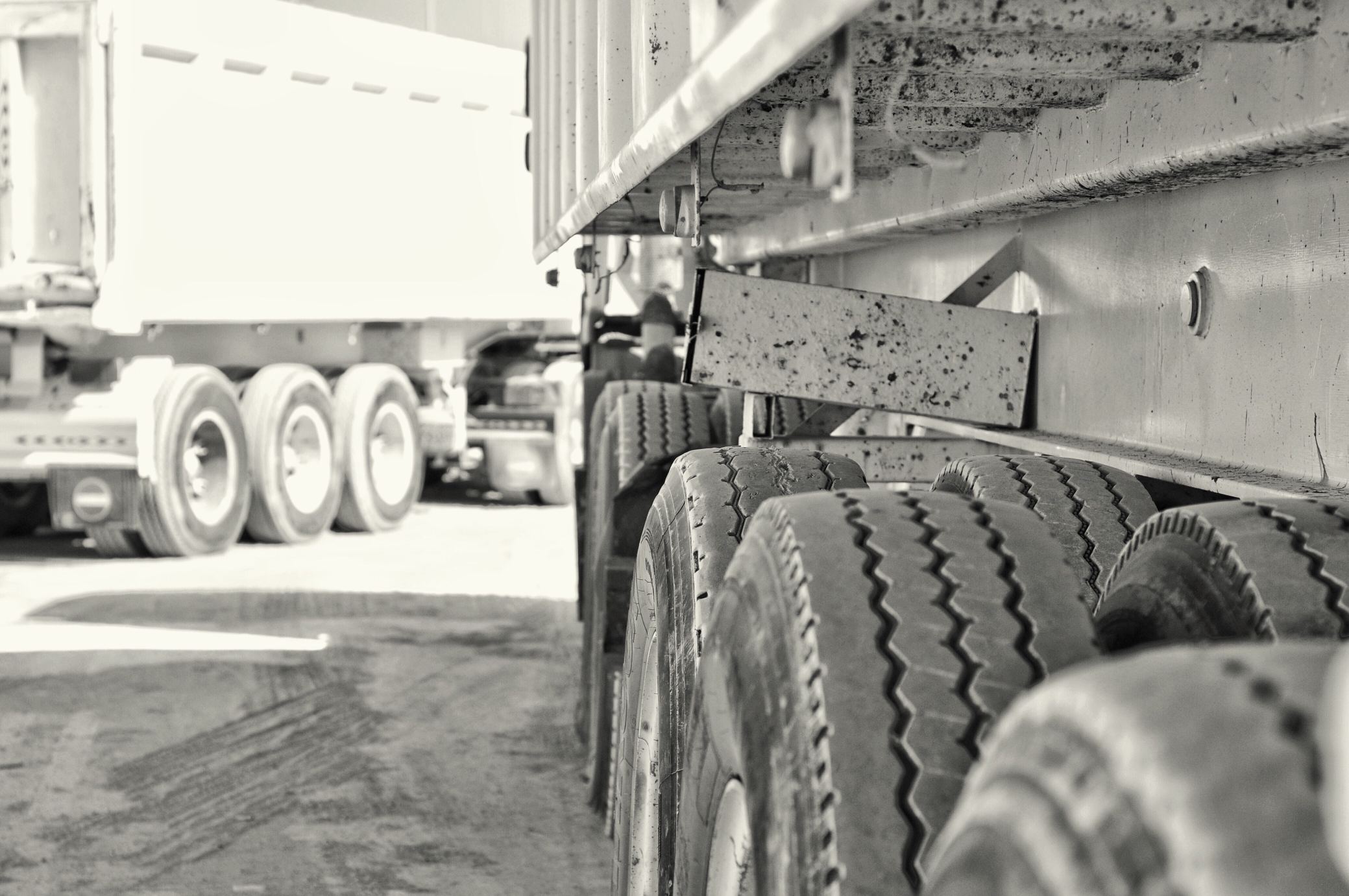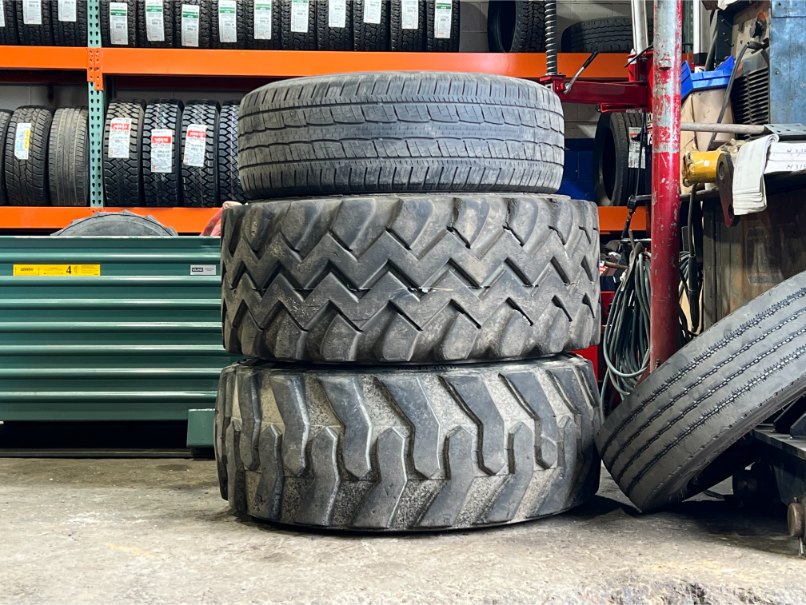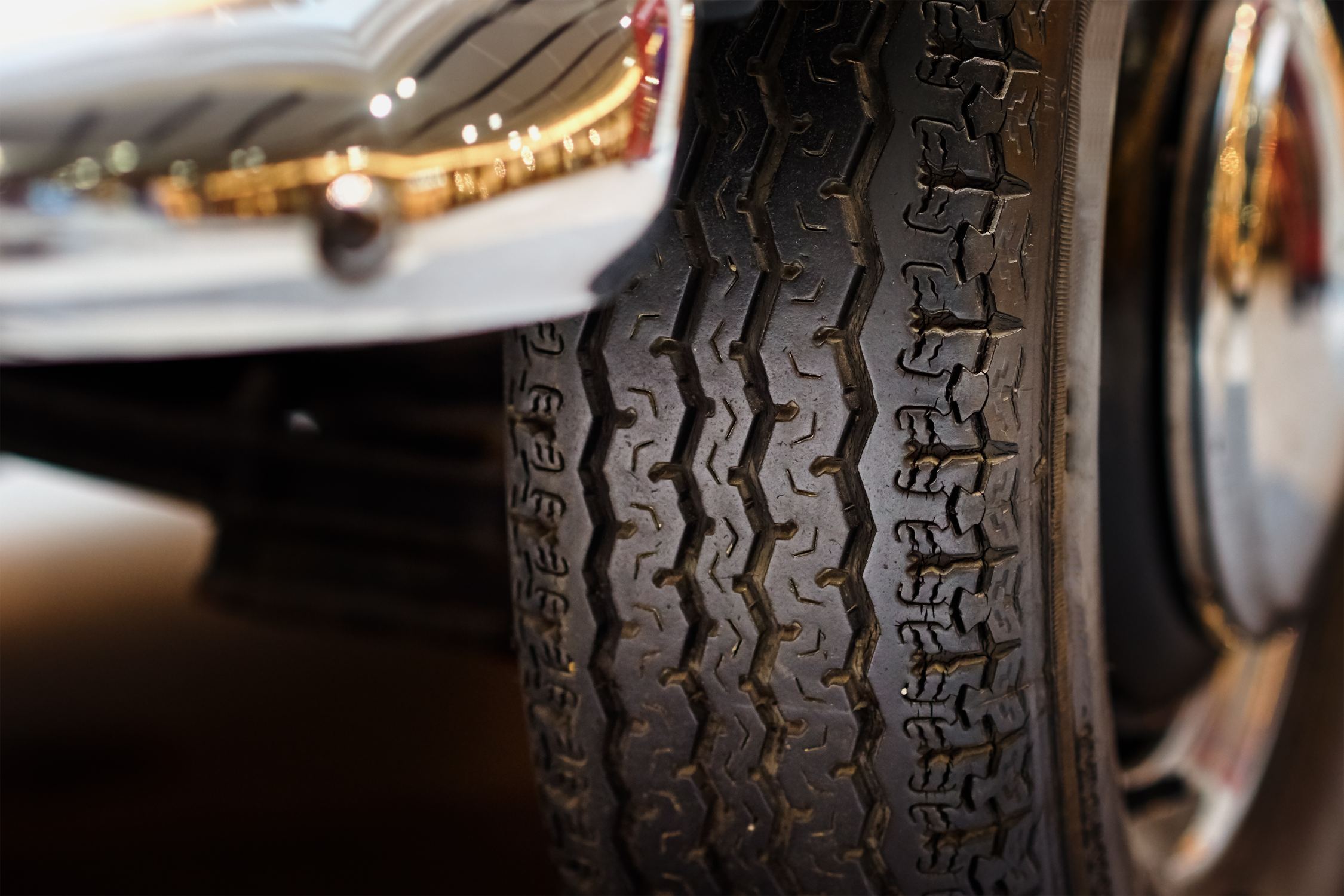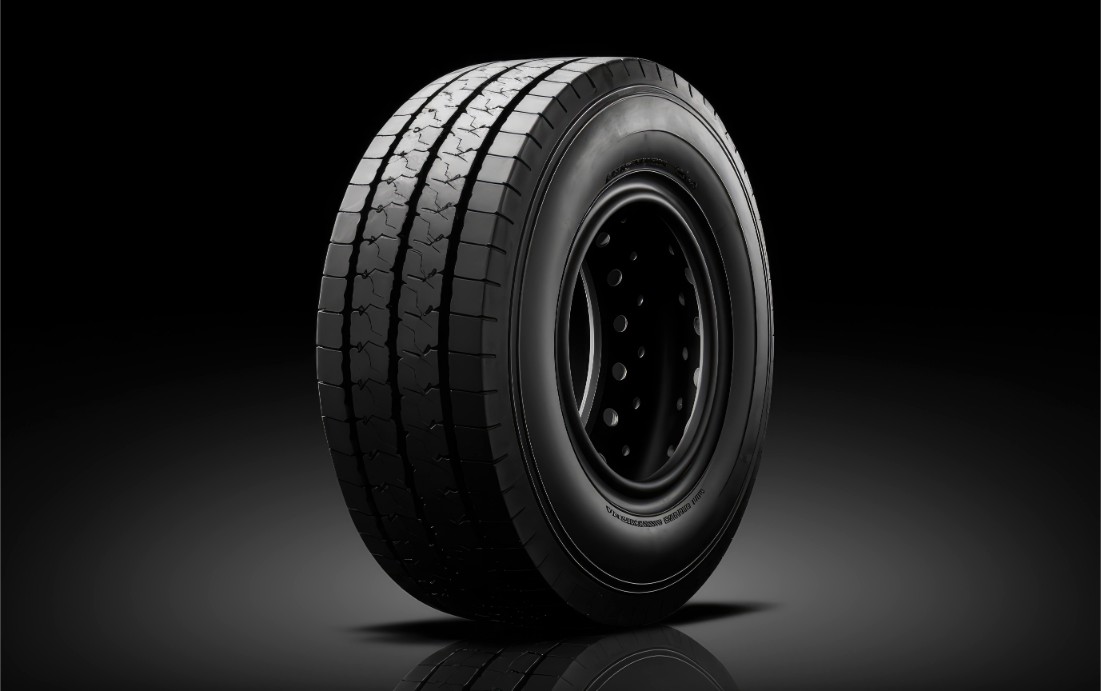
In the fast-paced business of fleet operations and commercial transport, tyre prices and sustainability rank among the most fundamental issues. Retread truck tyres are proving to be the intelligent answer to both. But even with their increasing popularity, some truck drivers and fleet managers remain curious about their safety and efficiency. Let’s unravel the science behind tyre retreading and see why it’s a safe, green, and affordable option for the trucking industry.
What is Tyre Retreading?
Tyre retreading is the art of placing new tread onto the casing of an old tyre, restoring it to a second—and even third—life. Instead of scrapping the whole tyre, the strong casing is reused, with the old tread being exchanged. Advanced technology and tight quality controls modern retreading ensures the retreaded tyre performs as well as a fresh one.
Three types of retreading are in common use:
Mould Cure Process: Involves adhesion of uncured rubber onto the casing, followed by mould curing to form the new tread.
Precure Process: Pre-vulcanized tread strips are adhesively bonded onto the casing through the application of heat and pressure.
Bead-to-Bead Retreading: Goes beyond the tread to also rejuvenate the tyre’s sidewall, offering a like-new appearance and performance.
Every technique adheres to strict safety and quality procedures established by organizations such as BIS (Bureau of Indian Standards), which ensures that retreads conform to industry standards.
Science of Retread Safety
Most truck tyres today are designed for repeated retreading. High-quality tyre makers come up with durable casings that can sustain the retread process without any reduction in performance.
Advancements in the field of materials science, such as reinforced steel belts and premium rubber compounds, render the tyre casing robust enough for retreading. In addition, cutting-edge inspection technologies like shearography (laser imaging non-destructive testing) and X-ray scanning are utilized to identify even minute internal imperfections prior to retreading.
Heat and pressure while curing cause the new tread to become permanently attached to the casing, creating very good tread adhesion and integrity. What is the outcome? A retread tyre that provides similar grip, wearability, and safety as a brand-new tyre.
Are Retreaded Tyres Safe?
Yes—if properly done, retreaded tyres are no different from new tyres. Several studies and actual fleet experience have established that retreaded truck tyres run dependably on interstates, city streets, and industrial settings. Retreaded tyres are used extensively by public transport fleets, airlines, and military fleets all over the world, attesting to the safety and reliability of their use.
Actually, tyre failure on the road is usually caused by improper tyre maintenance, underinflation, or overloading, not the retreading process. Proper maintenance such as proper tyre pressure, alignment, and load management maximises the performance of retreaded tyres.
Sustainability Benefits of Retreading
Tyre retreading is not solely about saving money—it’s also about being green. Each retreaded tyre saves raw materials, energy, and water that would otherwise be required to make a new tyre. Industry estimates put retreading at saving up to 70% of the materials over new tyre production.
Moreover, through the extension of tyre casings’ lives, retreading decreases the quantity of tyres that are dumped into landfills, consequently reducing environmental pollution. For fleet operators seeking to achieve their sustainability goals, retreaded tyres are part of a greener transportation plan.
Cost Efficiency for Fleet Operators
Retreading is saving fleets a minimum of 40-50% over buying new tyres. Given tyres form one of the greatest costs in fleet operation, retreading is a major benefit in lowering operating costs without loss of performance.
Additionally, optimal tyre management is to be done by combining superior quality new tyres with programmed retreading cycles and optimizing overall return on investment from every tyre casing.
The Road Ahead
With increasing raw material prices and a growing environmental conscience, the use of retreaded truck tires is poised to gain traction in the years to come. As technology progresses, retreaded tires will continue to meet and even surpass the safety and performance demands of commercial fleet operators.
For cost-saving, safety-conscious, and environmentally responsible fleet managers, retreaded tires are not merely an alternative—now they’re the wave of the future.








